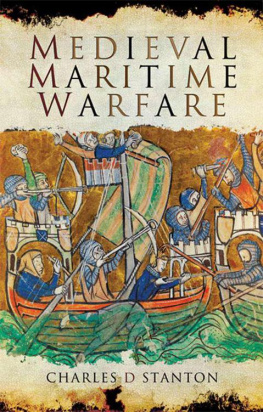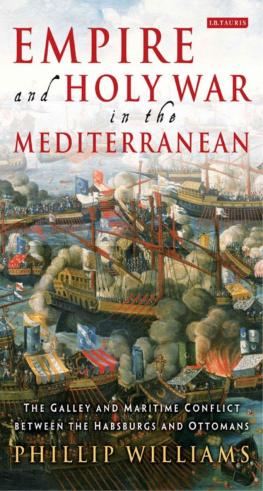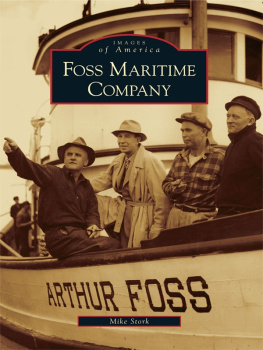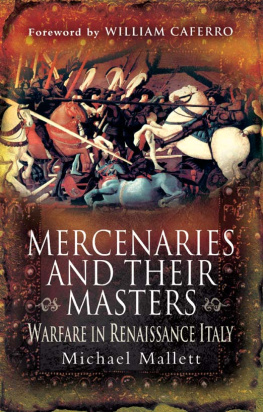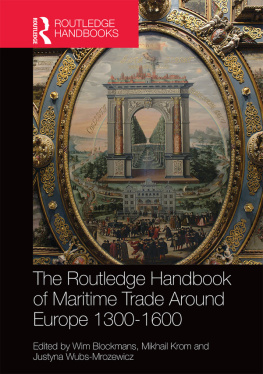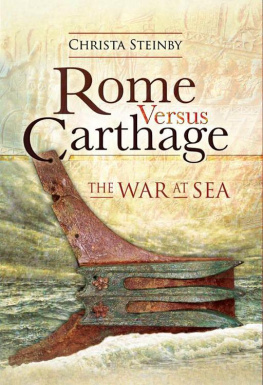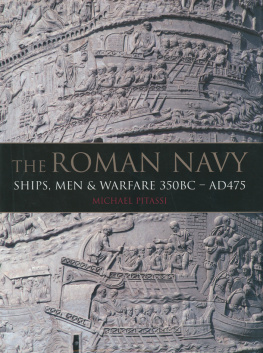
First published in Great Britain in 2015 by
PEN & SWORD MARITIME
An imprint of
Pen & Sword Books Ltd
47 Church Street
Barnsley
South Yorkshire
S70 2AS
Copyright Charles D. Stanton, 2015
ISBN 978-1-78159-251-9
eISBN 9781473856363
The right of Charles D. Stanton to be identified as the author of this work has been asserted by him in accordance with the Copyright, Designs and Patents Act 1988.
A CIP catalogue record for this book is available from the British Library.
All rights reserved. No part of this book may be reproduced or transmitted in any form or by any means, electronic or mechanical including photocopying, recording or by any information storage and retrieval system, without permission from the Publisher in writing.
Pen & Sword Books Ltd incorporates the imprints of Pen & Sword Archaeology, Atlas, Aviation, Battleground, Discovery, Family History, History, Maritime, Military, Naval, Politics, Railways, Select, Social History, Transport, True Crime, and Claymore Press, Frontline Books, Leo Cooper, Praetorian Press, Remember When, Seaforth Publishing and Wharncliffe.
For a complete list of Pen & Sword titles please contact
PEN & SWORD BOOKS LIMITED
47 Church Street, Barnsley, South Yorkshire, S70 2AS, England
E-mail: enquiries@pen-and-sword.co.uk
Website: www.pen-and-sword.co.uk
Contents
List of Illustrations
Plates
Figures
Maps
Preface
When Rupert Harding, my editor at Pen & Sword Books, first approached me with an idea for a book recounting medieval sea battles, I must admit I was a bit intimidated by the vast scope of the project. Maritime warfare is a fascinating and crucial aspect of medieval military history which has yet to be covered in any comprehensive manner, but, in order to give it the proper perspective, the book needed to embrace a time frame from the fall of the Roman Empire to the dawn of the Renaissance (roughly a millennium) and extend geographically from the northern Baltic to the eastern Mediterranean a daunting task to say the least. That said, I found inspiration, as I have done so often in the past, from my longtime mentor at Cambridge, David Abulafia, whose The Great Sea: A Human History of the Mediterranean accomplished an even more prodigious feat in magisterial fashion. I possess neither his perspicacity nor his deftness at prose, but his example convinced me that it was, at least, possible. What follows is my best effort. Accordingly, I have composed a two-part tome with ten chapters, each addressing a readily identifiable conflict in which war at sea was a major component, from around 500 AD (when the Eastern Empire under Justinian began to recover control of the Mediterranean) to 1500 (about the time that the introduction of gunpowder and the cannon fundamentally altered naval combat). deals with four struggles at sea which took place in the English Channel, the Baltic Sea and the North Sea. Appended to each chapter is an in-depth description of an engagement or encounter representative of the contest under discussion. For the sake of context and accessibility, a chronological narrative was employed throughout. While the work was designed as a historical survey for general public consumption, budding scholars and those interested in delving deeper should find the documentation an adequate starting point. Reference to the endnotes is, however, unnecessary for casual readers. All essential factual information is contained in the body of the work. I have also maintained a strong bias towards translated source materials wherever possible, again in the interests of accessibility. In keeping with that theme, the included illustrations were specifically selected to provide the reader with a visual context for many of the maritime concepts presented in the work. The battle scene from the thirteenth-century Vegetius manuscript (Ms Marlay Add I, fol. 86r), depicted on the cover of the book, is particularly emblematic of that effort. Permission to use it was graciously granted by the Fitzwilliam Museum of Cambridge. A special thanks is owed to the great John Pryor, whose groundbreaking work in the maritime history of the medieval Mediterranean I have long admired. The reproduction of his unparalleled drawing of a tenth-century dromn in this book is due to his intellectual generosity. Finally, I must offer heartfelt gratitude to Rupert for suggesting the project in the first place and having the confidence in me to carry it out. And, of course, I would be reprehensively remiss if I did not express indebtedness to my lovely bride Kristy, who provided invaluable technical assistance (not to mention moral support) and turned my masses of squiggly lines into legible maps and line drawings.
Charles Stanton
July 2014
DEDICATION
For my father
Lt. Col. Charles R. Stanton USAF
Tuskegee Airman and Decorated Veteran of WWII, Korean War, Vietnam
Master of his Fate, Captain of his Soul.
Introduction
The Nature of Medieval Maritime Warfare
Western Seas post-Pax Romana
When the fleet of Gaius Julius Caesar Augustus (Octavius) crushed that of Cleopatra VII Philopator of Egypt (Cleopatra) and Marcus Antonius (Mark Antony) off a promontory of Epirus called Actium on 2 September 31 BC, the Mediterranean became a Roman lake.
As Romes power waned amid the Germanic invasions of the fifth century, so too its control of the seas receded. The shipyards at Misenum and Ravenna fell into disrepair and the notion of a standing navy became, like the Pax Romana , a distant memory. Romes dominance of the sea had ended long before Odoacer (a German general) snuffed out the last vestiges of imperial authority in 476. The Mediterranean was no longer the mare nostrum of the Eternal City.
Romes maritime fortunes suffered a similar reversal in the northern seas at the hands of barbarian pirates. Roman historian Ammianus Marcellinus described a barbarica conspiratio in which an alliance of Attacotti, Franks, Picts, Scots and Saxons collaborated against Roman rule in Britain in 367. According to John Haywood, an expert on early Anglo-Saxon seafaring, this barbarian conspiracy presaged a scourge of Saxon piracy which plagued both sides of the English Channel in the late fourth century.
To be sure, commerce continued on the waves of the western seas, despite the dangers. Syrian, Coptic, Jewish and Greek merchants persisted in plying their trade in the Mediterranean, Such was the setting from which stemmed medieval maritime warfare.
Maritime Technology
Nautical architecture and navigation remained rudimentary, having hardly changed since classical times. Maritime technology evolved only gradually throughout the medieval era. A Roman mariner of the fourth century would have noticed only a few subtle advancements in the ships of the tenth century. Climatic and cultural variations between northern and southern Europe caused ship construction to develop differently in the two regions, but at the outset of the Middle Ages many parallels persisted. Warships were almost all galley-type vessels characterized by a high length-to-width ratio (as much as 10:1) and a minimal keel, producing a shallow draught and a low freeboard. Propulsion was principally provided by oars, augmented on occasion with one or two sails, while side-mounted steering oars supplied directional control.
A probable prototype was the Roman liburnian . Adopted from the Liburni pirates of the Illyrian coast in the first century BC, it became the mainstay of the Roman fleet throughout the Imperial period, according to the late fourth-century Roman strategist Publius Flavius Vegetius Renatus (Vegetius).
Next page
